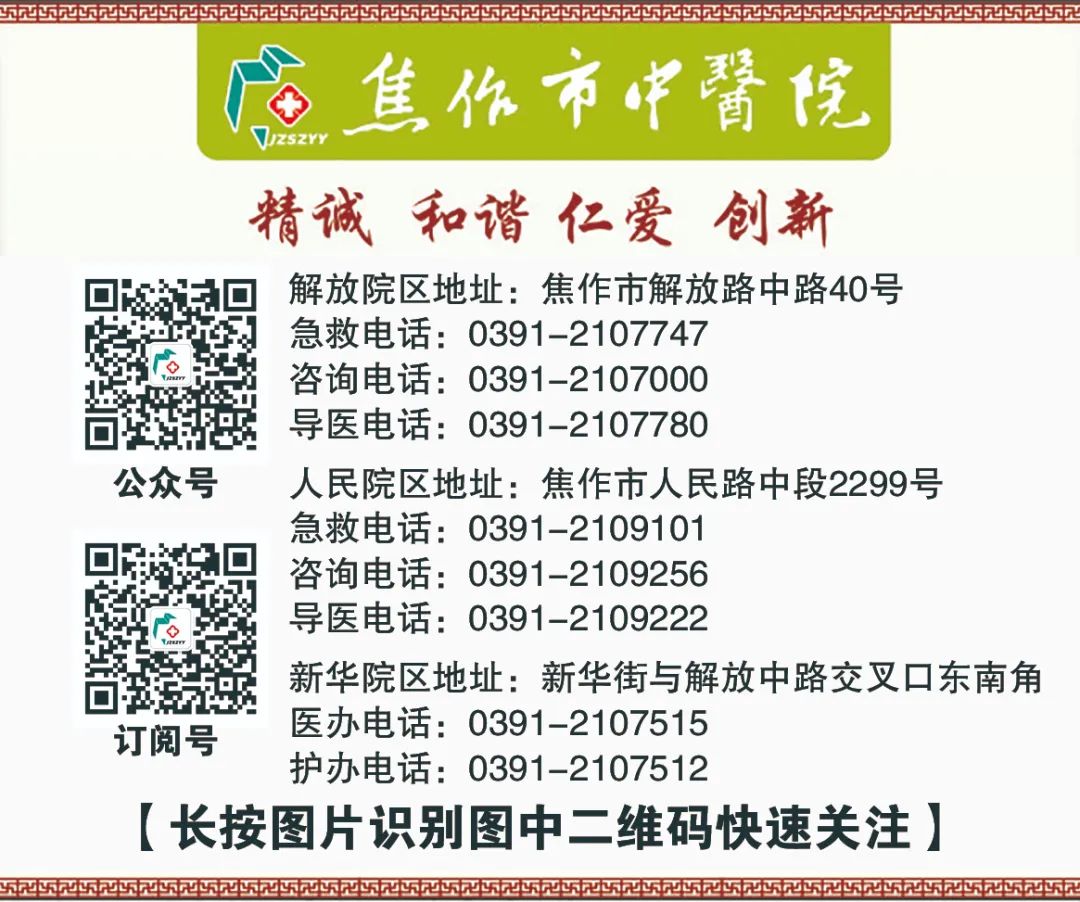Follow us!

Moxibustion with fire needles, also known as micro fire needles, is a form of acupuncture treatment that involves heating a disposable needle until it is red hot and quickly inserting it into specific points on the body. This method represents a new form of fire needle therapy adapted for modern society, showcasing recent advancements.Fire needle therapy has its roots in the Qin and Han dynasties and has gradually developed and improved over thousands of years. Utilizing the power of “fire,” it combines the effects of needle stimulation of meridian energy and moxibustion to warm Yang and dispel cold, often achieving remarkable results for various conditions. It can treat nearly a hundred types of diseases, including internal and external ailments, gynecological issues, pediatric conditions, skin disorders, and more, with its scope continually expanding. Since its introduction, moxibustion with fire needles has been widely used, particularly effective for common musculoskeletal pain conditions, especially suitable for those suffering from rheumatic cold obstruction and Yang deficiency with cold intolerance. Common conditions treated include periarthritis of the shoulder, low back pain, and joint pain.

Periarthritis of the ShoulderPeriarthritis of the shoulder is primarily characterized by pain, discomfort, and restricted movement in the affected shoulder joint, significantly impacting daily activities. This condition is often caused by Qi and blood deficiency, along with external invasion of cold and dampness. Moxibustion with fire needles warms the meridians, dispels cold, and invigorates blood circulation, making it quite suitable for treatment. Typically, the treatment targets the local Ah Shi points where tenderness is evident, using fire needle puncture at painful areas, with treatments performed every other day. After 1 to 2 weeks, significant improvement in pain symptoms can be expected.Cold-Damp Type Lumbar Muscle StrainLumbar muscle strain often results from chronic or acute injuries to the lumbar muscles that do not heal properly. In modern times, people frequently stay in air-conditioned environments and wear light clothing, making them susceptible to cold, thus cold-damp type lumbar strain is most common. Symptoms include recurrent low back pain, a feeling of cold and heaviness in the lower back, and difficulty in twisting movements, which can worsen on rainy days. Moxibustion with fire needles, due to its warming properties, is applied to the lumbar acupoints, helping to warm the kidneys, assist Yang, and dispel cold and dampness. Treatments are typically performed 2 to 3 times a week, with a course lasting 2 weeks.Osteoarthritis of the KneeKnee osteoarthritis is a common condition among middle-aged and elderly individuals, primarily presenting as pain on the inner and outer sides of the knee joint, worsening when going up and down stairs, and potentially leading to joint swelling and deformity, severely affecting quality of life. Traditional Chinese Medicine (TCM) attributes this condition to invasion by wind, cold, and dampness, which stagnate in the meridians. Clinically, moxibustion with fire needles is often used to expel wind, cold, and dampness, and to warm and unblock the meridians. Treatments are typically performed 2 to 3 times a week, with a course lasting 4 weeks.Tennis ElbowWomen who do housework for extended periods often experience pain on the outer side of the elbow, making it difficult to lift heavy objects or wring out towels, medically known as lateral epicondylitis, commonly referred to as tennis elbow. Lateral epicondylitis is often due to chronic strain, with treatment focusing on local tender points as acupoints. It is also important to rest and avoid activities that provoke pain, while local heat application can help alleviate discomfort.Fire needle therapy is not suitable for the following individuals:1. Pregnant women and infants;2. Patients with thrombocytopenia or coagulation disorders;3. Individuals with multiple organ failure, acute stroke, acute diarrhea, acute infectious diseases, acute abdominal conditions, and other acute illnesses;4. Individuals with skin lesions at the treatment site.Chief Editor: Wang Ying
Editor: Tian Jiao Jun
Contributed by: Sun Ning Ning


